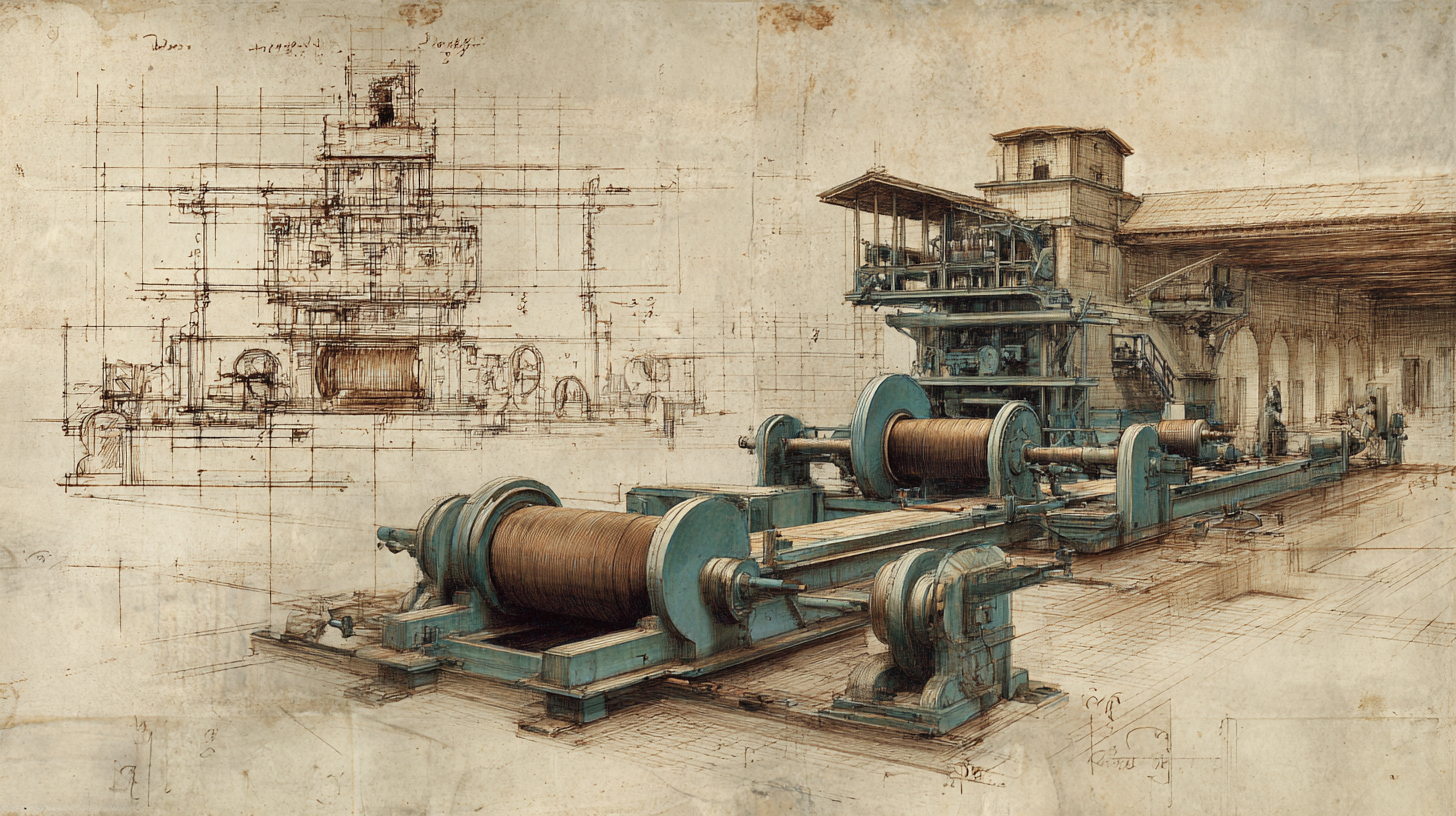Metallurgy Meets Mechanics: 20th Century Breakthroughs in Sheet Metal Forming
As the 20th century began, scientists delved deeper into the fundamental science of metals, which led to better alloys and forming techniques. A milestone came from Russian metallurgist Dmitri Chernov, who in the 1860s–1870s first explained how steel’s internal structure changes with temperature. Chernov identified critical transformation points (the basis of the iron-carbon phase diagram), showing that careful heating and cooling could alter steel’s hardness or ductility. This insight into phase transformations allowed engineers to heat-treat sheet metal for desired properties — for example, to make sheets softer for deep drawing or stronger for end use. Chernov’s work laid the foundation for modern metallurgical theory and the precise control of metal microstructure in manufacturing.
Another fundamental leap was understanding why metals deform. In 1934, researchers Geoffrey Taylor, Michael Polanyi, and Egon Orowan (working in England and Germany) each proposed the concept of dislocations — tiny defects in crystal structure that allow metals to bend and not break. This discovery solved a mystery: metals were far more ductile than theoretical strength calculations predicted. Dislocation theory explained how sheet metal can be stamped, bent, or rolled without shattering, by showing that metals yield through billions of microscopic slip events rather than one catastrophic crack. This scientific breakthrough in physical metallurgy led directly to stronger, tougher alloys and informed techniques to prevent metal fatigue and fracture.
It was also in the early 1900s that Harry Brearley of Sheffield, England, invented stainless steel — a new alloy that would revolutionize sheet metal applications. In 1913, while seeking a gun barrel alloy that resisted erosion, Brearley discovered that adding about 12% chromium to steel produced a “rustless” metal. His chromium-steel was the first true stainless steel — highly resistant to corrosion. At first, stainless steel was met with skepticism, but its value quickly became apparent. By the 1920s and 1930s, stainless steel found uses in surgical tools, cutlery, chemical tanks, and more. Brearley’s invention “opened up new possibilities” in construction and manufacturing, allowing thin-gauge metal to be used in wet or harsh environments without rusting. For example, architects could use stainless steel sheets to clad building exteriors for the first time. The alloy’s impact was enormous — today stainless steel is considered indispensable for its durability and aesthetic appeal, from kitchen appliances to iconic architecture. (We’ll soon see a case in point with a famous skyscraper.) Importantly, stainless steel did not replace galvanized carbon steel or aluminum, but rather expanded the designer’s toolbox for sheet metal. Modern companies like Mehbud select materials from all these alloys — galvanized steel for cost-effective strength, stainless for premium projects, aluminum for lightweight applications — showcasing how metallurgical science diversified what sheet metal can do.
On the forming process side, the mid-20th century saw sheet metal fabrication evolve from a skilled art into a more exact science. Metallurgists and engineers developed empirical techniques to predict and improve formability — the ease with which a flat sheet can be stamped or shaped into a part without tearing. A landmark concept was the Forming Limit Diagram (FLD), introduced in the 1960s by researchers like Stuart Keeler and Howard Goodwin. By systematically stretching metal samples, they plotted the maximum strain a given sheet metal could withstand in different modes of deformation. The resulting Forming Limit Curves became a powerful tool: for any sheet metal (with known thickness and alloy), engineers could now predict whether a complex draw or press operation would succeed or if it would crack the material. This was a game-changer for the auto and appliance industries, allowing rapid development of new stamped sheet designs. Further theoretical models (such as the Marciniak-Kuczyński model in 1967) and computer simulations have continued to refine our understanding of sheet metal formability. The bottom line is that science began to replace trial-and-error in sheet metal fabrication. Today, Mehbud’s engineers leverage such knowledge to ensure their custom façade panels or fence profiles can be formed to spec without failure. In other words, each bend and groove in a modern metal ceiling system is informed by over a century of accumulated scientific insight into how metals behave under stress.




